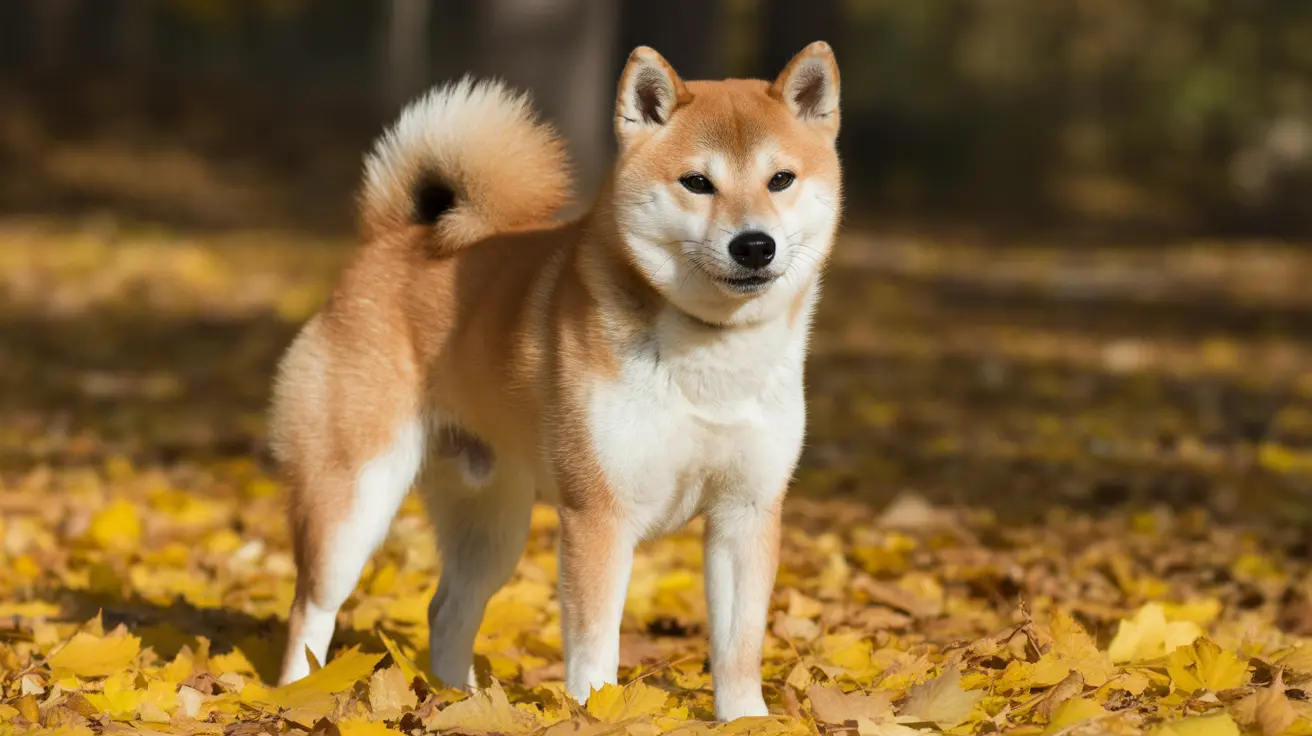When your dog snaps at you, it can be a shocking and distressing experience. However, this behavior rarely comes "out of the blue" - it's usually a form of communication signaling discomfort, fear, or a need for space. Understanding why dogs snap and recognizing the warning signs can help prevent future incidents and maintain a safe, trusting relationship with your pet.
In this comprehensive guide, we'll explore the common reasons behind dog snapping behavior, how to identify early warning signs, and effective strategies to address and prevent these concerning situations.
Understanding Why Dogs Snap: Common Triggers
Medical Issues and Pain
One of the most overlooked reasons for sudden snapping behavior is physical discomfort or pain. Dogs suffering from conditions like arthritis, dental disease, or internal pain may snap when touched in sensitive areas. Always consider a veterinary check-up as your first step when dealing with new aggressive behaviors.
Fear and Anxiety Responses
Many dogs snap out of fear or anxiety, especially in situations where they feel cornered or threatened. This can occur during grooming, veterinary visits, or when approached while resting. Fear-based snapping is often accompanied by other body language signals like cowering, whale eye (showing whites of eyes), or attempting to retreat.
Resource Guarding Behavior
Dogs may snap to protect valuable resources such as food, toys, or resting spots. This instinctive behavior can be particularly challenging when it develops within the household. Resource guarding requires careful management and positive reinforcement training to modify.
Personal Space and Boundaries
Just like humans, dogs need their personal space respected. Snapping can occur when this space is invaded, particularly when the dog is:
- Resting or sleeping
- Eating or chewing
- In their designated safe space
- Feeling cornered or trapped
Prevention and Management Strategies
Creating Safe Spaces
Establish designated "safe zones" where your dog can retreat without being disturbed. This might include:
- A comfortable crate or bed
- A quiet corner of the house
- A specific room away from household traffic
Training and Positive Reinforcement
Implement reward-based training methods to build trust and teach alternative behaviors. Focus on:
- Teaching "leave it" and "drop it" commands
- Practicing handling exercises with positive associations
- Developing clear communication signals between you and your dog
Professional Help and Support
Some snapping behaviors require professional intervention, especially if:
- The behavior is becoming more frequent
- There's a risk of serious injury
- Multiple family members are affected
- Previous training attempts haven't worked
Frequently Asked Questions
Why does my dog snap at me suddenly when I try to touch or handle them?
Sudden snapping during handling often indicates pain, fear, or previous negative experiences. Have your veterinarian rule out medical issues first, then work with a professional trainer to develop positive associations with handling.
How can I tell if my dog is snapping because of pain or fear rather than aggression?
Pain-related snapping usually occurs when touching specific areas and may be accompanied by flinching or vocalization. Fear-based snapping typically involves defensive body language like cowering or retreating. True aggression often includes more offensive posturing and multiple warning signs.
What should I do immediately after my dog snaps at me to keep everyone safe?
First, calmly create distance between yourself and the dog. Don't punish the behavior, as this can escalate the situation. Secure the dog in a safe area if needed, and avoid creating similar triggering situations until you can consult with a professional.
How can I prevent my dog from snapping when approaching their food, toys, or resting spot?
Respect your dog's space and resources. Teach positive associations by trading up for higher-value items, and never force interactions. Implement structured feeding routines and clear boundaries around valuable resources.
When is it necessary to seek professional help for a dog that snaps at family members?
Seek professional help immediately if:
- The snapping behavior is new or increasing in frequency
- There's any history of actual biting
- Children are at risk
- The behavior occurs in multiple contexts
- You're unable to identify clear triggers
Conclusion
Remember that snapping is a form of communication, not necessarily aggression. By understanding your dog's triggers, respecting their boundaries, and working with professionals when needed, you can create a safer environment and stronger bond with your pet. Always prioritize safety and seek qualified help when addressing concerning behaviors.






